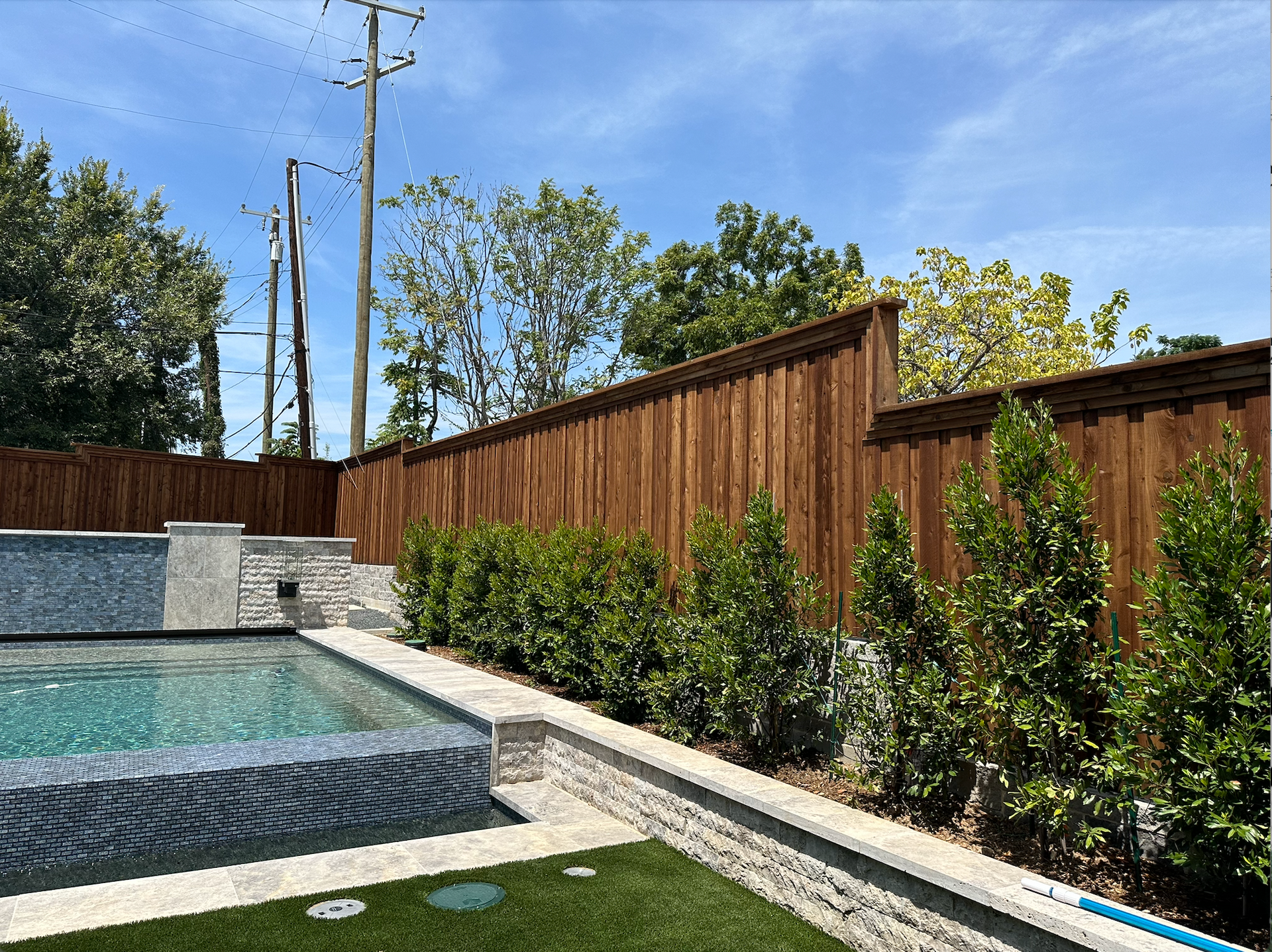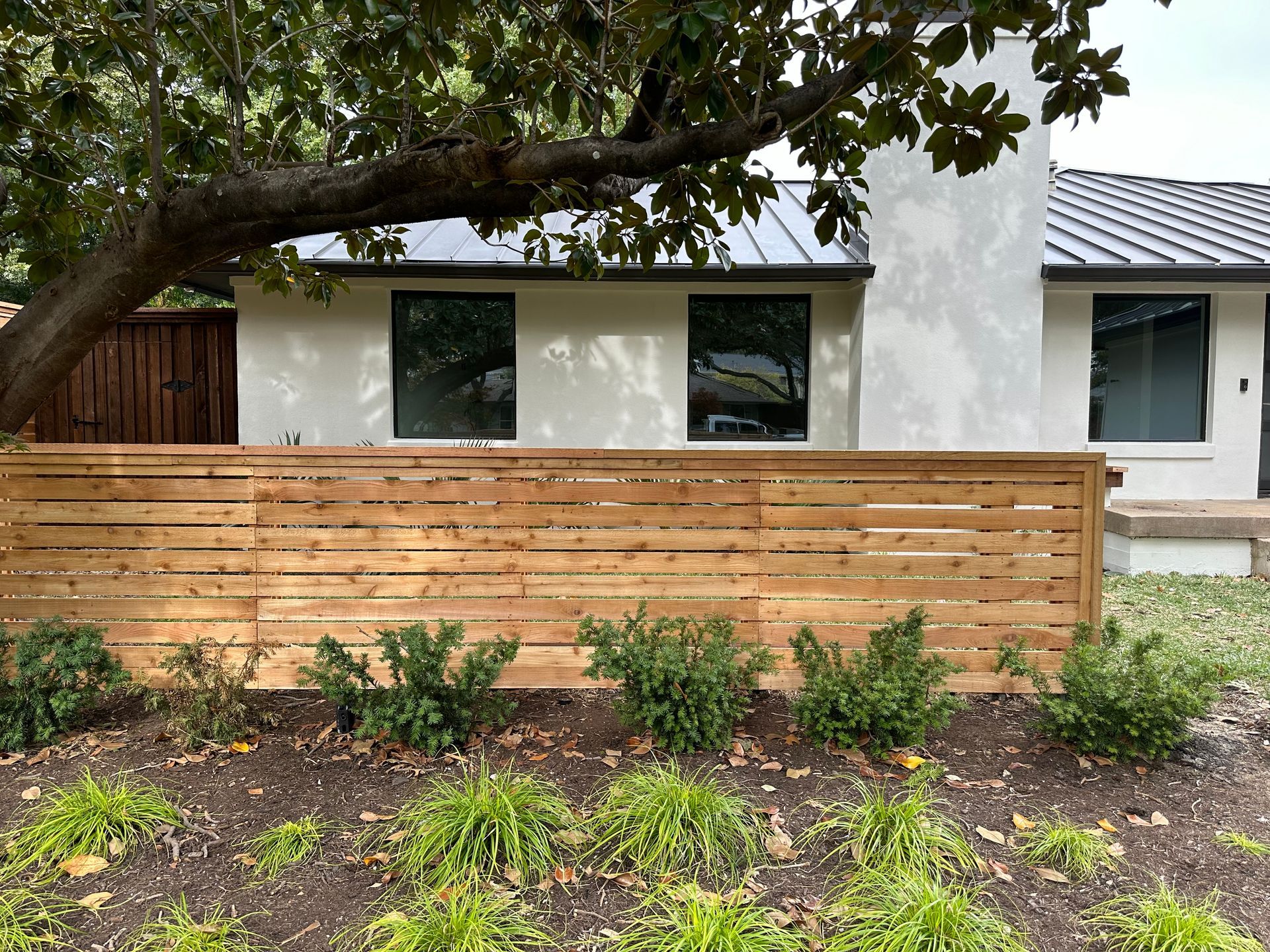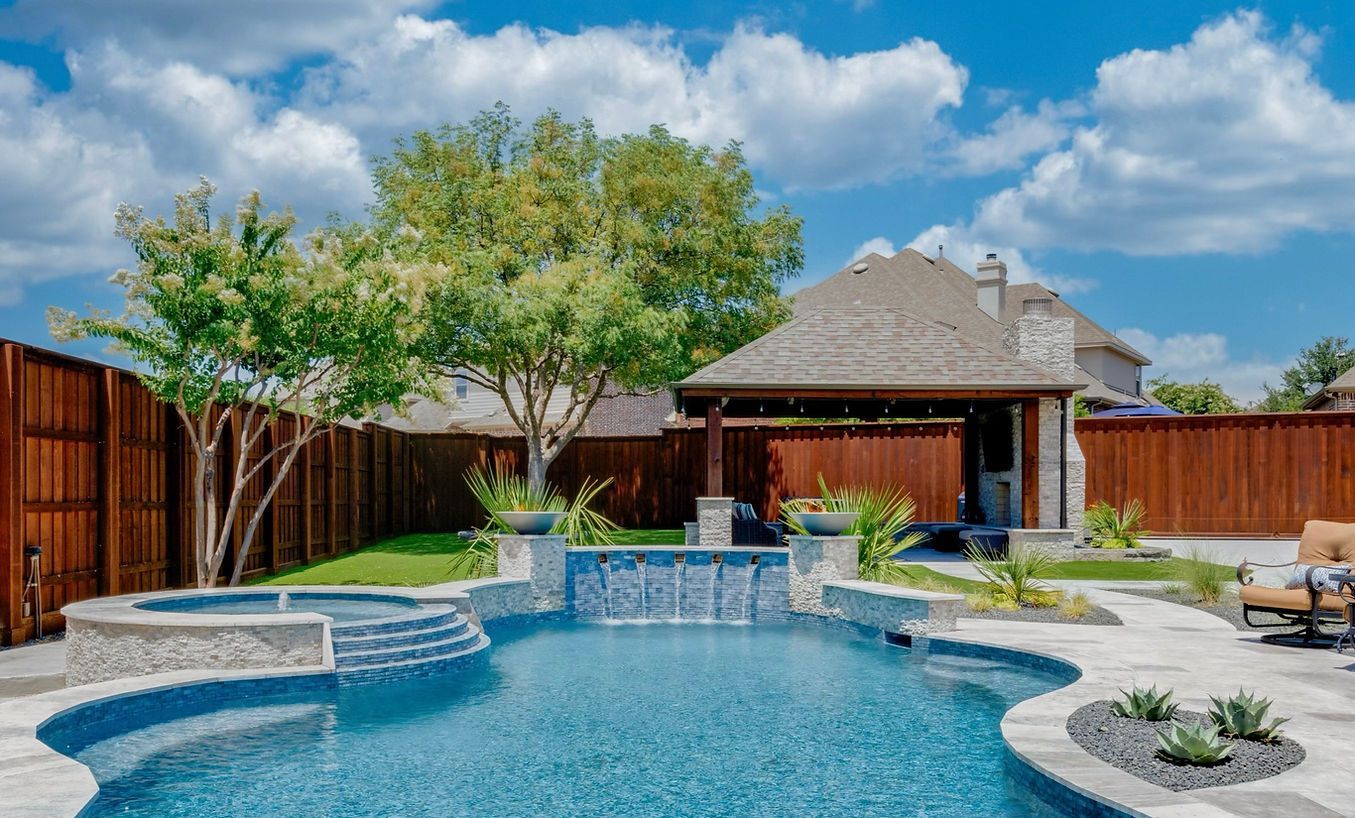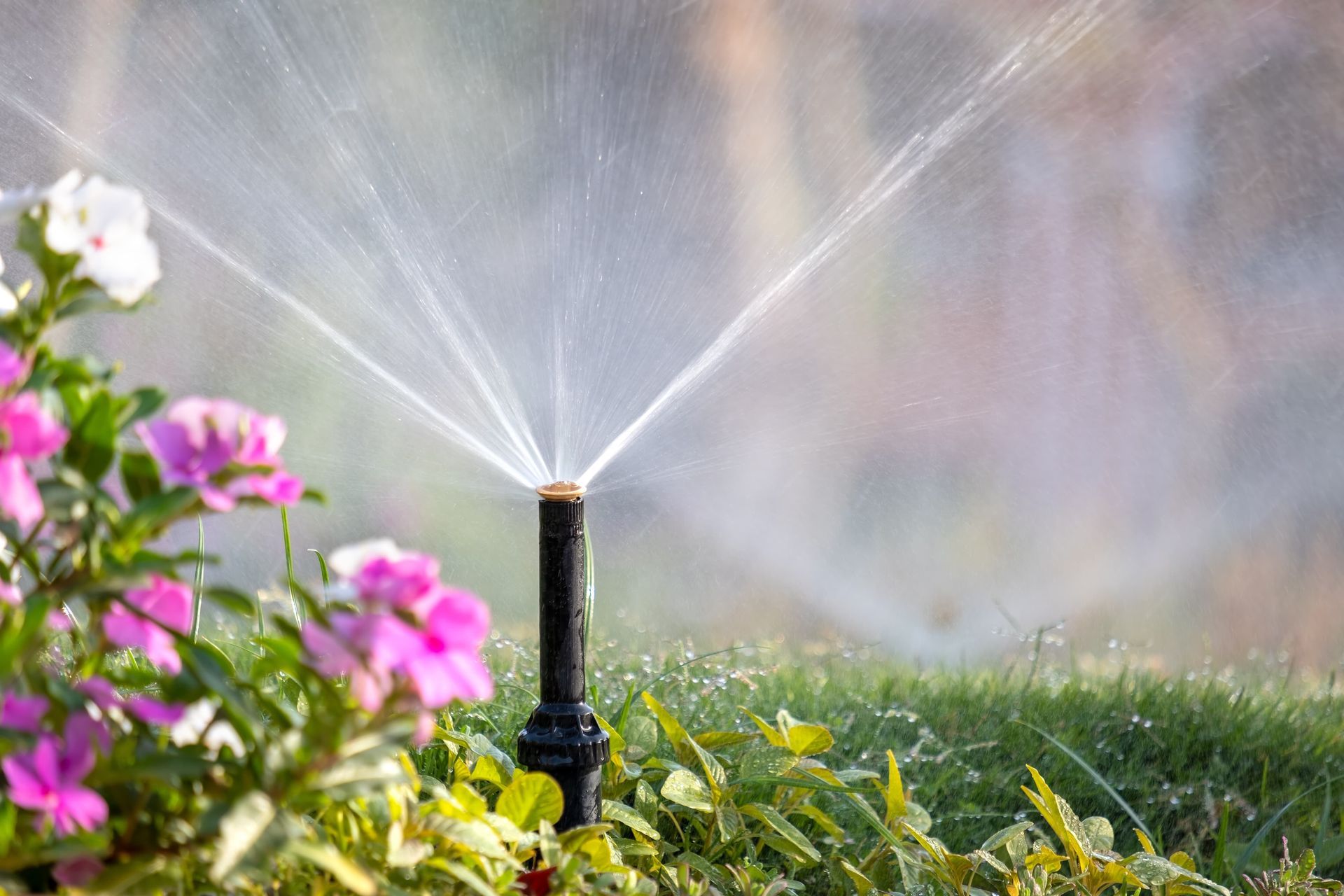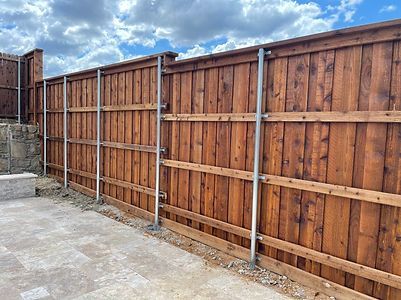Sprinkler Systems and Wood Fences: How to Prevent Damage and Extend the Life of Your Fence
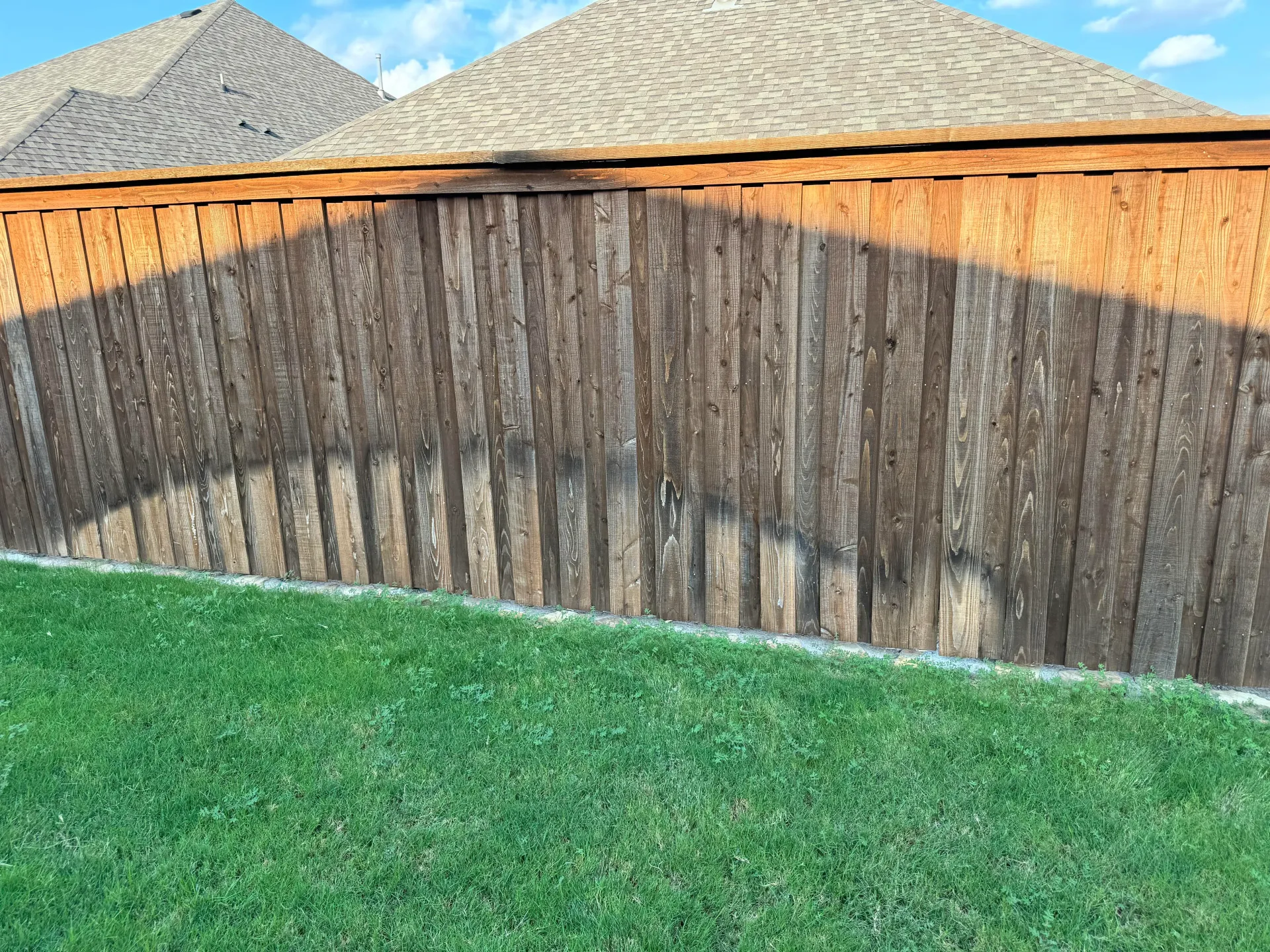
Sprinkler Systems and Wood Fences: How to Prevent Damage and Extend the Life of Your Fence
Wooden fences are a popular choice for homeowners because of their natural beauty, privacy benefits, and durability. However, like any part of your outdoor space, wooden fences can fall victim to the elements—and one of the more common, yet often overlooked, culprits is the sprinkler system. While sprinklers are a vital part of maintaining your lawn and garden, the water they spray can do damage to your wood fence over time. At Frisco Fence, we understand the importance of protecting your investment in a quality fence, and we want to help you maintain the integrity and beauty of your wooden fence for years to come.
In this blog, we’ll explore how sprinklers can damage your wood fence, how to prevent that damage, and how to take care of your fence to ensure it stands the test of time.
How Sprinklers Can Damage Your Wooden Fence
While it might seem like water and wood don’t mix well, the reality is that wood fences are highly susceptible to damage from excessive moisture. Here’s how sprinkler systems can wreak havoc on your wooden fence if not properly managed:
1. Wood Rot from Prolonged Exposure to Moisture
Wood rot occurs when wood remains constantly damp or wet, which is a problem when sprinklers regularly hit the same sections of your fence. Wood is porous, and when water seeps into the grain and is not able to dry out properly, it can promote the growth of mold and fungi, leading to rot. This weakens the wood, causing it to break down over time.
2. Warping and Cracking
When wooden fences are repeatedly soaked with water, especially in areas where the moisture is concentrated (like from a sprinkler hitting a specific part of the fence), the wood can start to warp or crack. This is because wood absorbs water and expands, and when it dries out, it contracts. Over time, this repeated swelling and shrinking can lead to unsightly cracks, bowing, and warping of the wood, which can affect both the appearance and structural integrity of your fence.
3. Fading and Discoloration
Wooden fences that are frequently exposed to sprinkler water can also experience fading and discoloration. Water from sprinklers can strip away the protective stain or sealant that is meant to preserve the wood, leaving it vulnerable to sun damage, mold growth, and fading. This not only makes your fence look worn out but can also reduce its ability to withstand the elements.
4. Rusting Nails and Fasteners
If water regularly splashes onto your wooden fence, it can also affect the metal components that hold the fence together. Nails, screws, and other fasteners can rust when exposed to moisture over time. Rust weakens the structural integrity of the fence, leading to sagging, instability, and potentially costly repairs or replacements.
How to Prevent Sprinklers from Damaging Your Wood Fence
The good news is that there are several ways to prevent sprinkler systems from damaging your wood fence, and with a little attention and care, you can protect both your fence and your investment. Here are some tips for minimizing the impact of sprinklers on your fence:
1. Adjust Sprinkler Placement
One of the easiest ways to protect your wooden fence from sprinkler damage is to adjust the position of your sprinklers. Ensure that your sprinkler heads are not directed directly at the fence, especially during routine watering. If possible, position sprinklers so that they water your lawn and garden but avoid excessive water hitting the fence. In some cases, using a rotating or oscillating sprinkler can reduce direct exposure by dispersing water over a larger area, minimizing concentrated water pressure on any one section of your fence.
2. Install a Sprinkler Shield or Barrier
To further protect your wood fence, consider installing a barrier or shield between the fence and the sprinkler system. You can use inexpensive materials like plastic, vinyl, or even a simple wooden board to redirect the spray away from the fence. This will ensure that water doesn’t constantly splash against the fence and reduce the risk of rot, discoloration, or warping.
3. Properly Seal and Maintain Your Fence
A good sealant is one of the best defenses against water damage. When water hits an untreated wooden fence, it absorbs moisture quickly, which leads to decay. Be sure to apply a high-quality wood sealer or stain to your fence to create a waterproof barrier. This will help prevent moisture from penetrating the wood while also protecting the surface from fading and discoloration caused by the sun and water.
Make sure to inspect your fence regularly for signs of wear and tear on the sealant, and reapply it as necessary. A good rule of thumb is to reseal your fence every two to three years, depending on the climate in your area.
4. Create a Buffer Zone with Landscaping
Another way to protect your fence from sprinkler damage is by adjusting the landscaping around it. By planting shrubs or other vegetation along the fence, you can create a natural barrier that absorbs some of the water from the sprinkler before it reaches the fence. Ground covers, rocks, or mulch can also help absorb excess moisture and protect the wood from direct exposure.
5. Regular Fence Inspections
Even with preventive measures in place, it’s important to regularly inspect your fence for signs of damage. Look for areas where water may have caused the wood to swell, crack, or rot, and address issues as soon as possible. Catching problems early will save you time and money in repairs or replacements down the line.
When It’s Time to Replace Your Fence
If you’ve noticed significant damage to your fence despite your best efforts to protect it, it may be time to consider a replacement. Frisco Fence specializes in high-quality wood fencing that’s built to last. Our experienced team can help you choose the right materials, provide proper installation, and ensure that your new fence will stand strong against the elements—including sprinklers.
Conclusion
Sprinklers are essential for maintaining a lush and healthy lawn, but when it comes to wooden fences, excessive moisture can lead to a host of problems, including rot, warping, and discoloration. By adjusting your sprinkler system, sealing your fence, and using proper landscaping techniques, you can prevent water damage and extend the life of your wooden fence.
At Frisco Fence, we’re committed to helping you protect your investment. With the right care and attention, your wooden fence can remain a beautiful and functional part of your outdoor space for many years to come. If you’re ready to install or replace a fence that’s built to last, contact us today to learn how we can help!
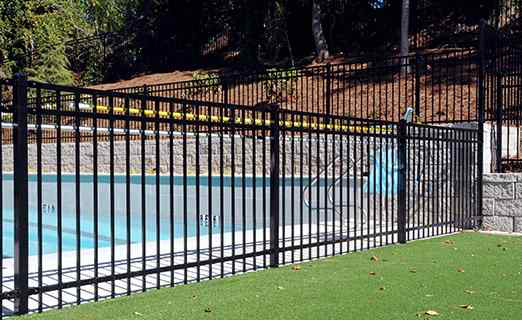

All Rights Reserved | Frisco Fence, LLC



